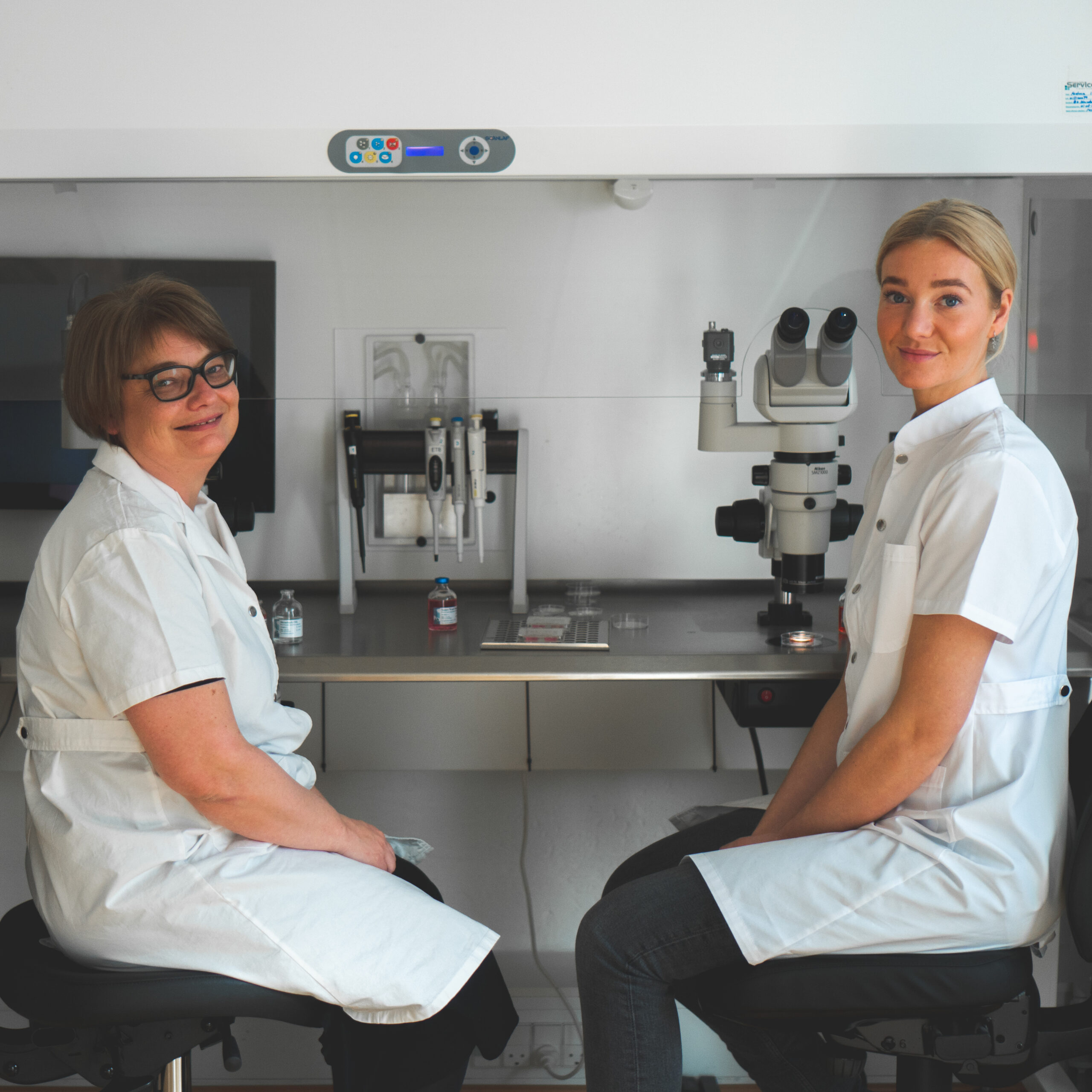Media Manufacturing & Quality Control
The Bovine Embryo Assay (BEA) test is the most important!
There are huge differences in reproductive physiology between the mouse and cow, therefore a MEA test is not sufficient QC for a bovine medium.
The oocyte maturation is more complex in cows; fertilization and capacitation are species specific and a MEA test mostly assesses blastocyst development from either one-cell or two-cell stage embryos. Should a batch variation occur it will not be detected in a MEA test, where release parameter is > 80 % blastocyst rate. In the BEA test, however, a difference in medium quality can be detected even though the medium passes the MEA test. For instance, 35 % vs 55 % blastocyst rates indicate two media are different, however both media will have passed the MEA.
- Each batch of media comes with a certificate for BEA test as well as sterility, fungal and endotoxin tests
- The production site is ISO9001 and ISO13485 certified
- All media are delivered in glass bottles
